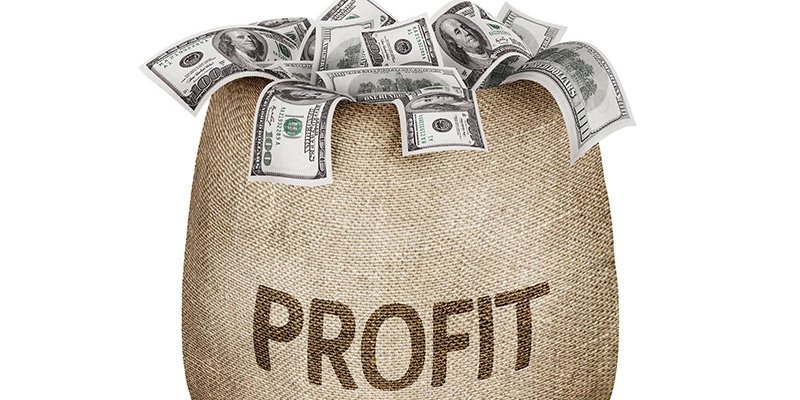In last week’s article, we found out that compounding interest is additional interest that takes into account the interest that the principal accumulated over the previous time period in which the borrower fails to settle his or her account with the lender.
Thus, if a loan that slaps a 10% interest on the principal also imposes a 5% interest rate for every week that the loan is not settled, a $2000 loan that is not settled for two weeks can grow up to $2425.50. That’s a total of $425.50 in interest to be paid, including the $200 that represents the initial 10%.
How Compounding Profits Work
Learning about compounding is all about calculating the numbers. You simply need to reverse the above example. In the eyes of the lender, they have earned a profit of $425.50 with just a principal of $2000.
Within two weeks, because of the borrower’s default, they have earned a roughly 21.3% profit in interest.
Let’s try to formulate strategy based on compounding. The best example would be an investor who puts in an initial investment of $1000 on stock that’s worth $1 each. That’s an initial holding of 1,000 shares of stock from the issuer.
Stock prices rise and fall and, for this scenario, let’s assume the following happened in the next five weeks:
- Prices rice to $1.50, bringing the value of the investment to $1,500.
- Prices fall to $1.25, lowering the value to $1,250.
- Prices go down again to $1.15, and the investment to $1,150.
- Prices increase to $1.40, with the value going up to $1,400.
- A significant increase to $2.00, with the initial investment doubling to $2,000.
You can compound the investment by topping up the investment. You’ve already earned $500 in the first week, with the rise to $1.50, but you can earn more by adding money to the investment.
Let’s say you add $500 every consistently for five weeks. This is what will happen to the investment:
- First $500 buys additional 333.333333 shares of stock, bringing the total to 1333.3333. Total value of the investment is now at $2,000.
- The next $500 is worth 400 shares of stock. You now have 1733.3333 shares of stock, worth roughly $2,166.67. There is minimal profit because of the price drop.
- Because it dropped again to $1.15, you only accumulate a total of $2,493.33 with your next investment. You have a total of 2525.2588 shares of stock.
- With the price increase to $1.40, you hold a total value of $3,535.36 with your next purchase of 357.1428571 shares for $500. You actually earned a roughly $500 profit in this one as you have already invested a total of $3,000 at this point.
- When the increase to $2.00 happens, you put in another $500 for 250 shares of stock. Your total investment is now at $5,550.52.
By the first week, you would’ve earned $2,050 in profits in exchange for a total investment of $3,000. That’s an almost 200% difference to what you have held if you did not compound your investment with additional shares!
This technique is mostly effective when investing in mutual funds, where you earn profits or loss depending on the number of shares that you hold. When prices go down, you actually get to buy more shares whose values will compound once prices increase – and they will increase in the future.

